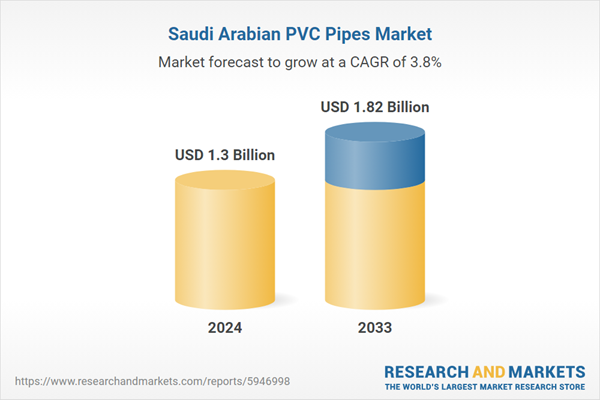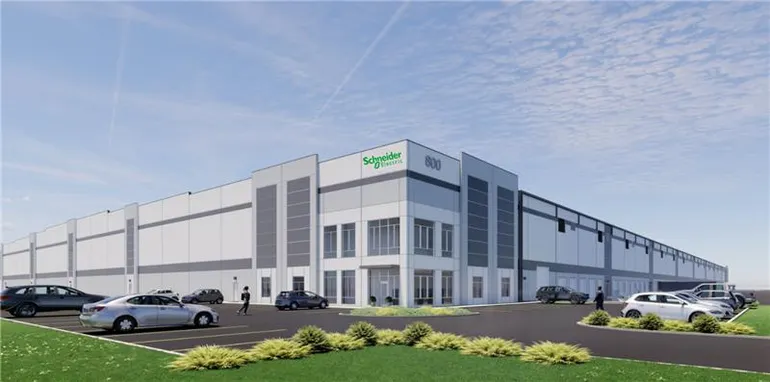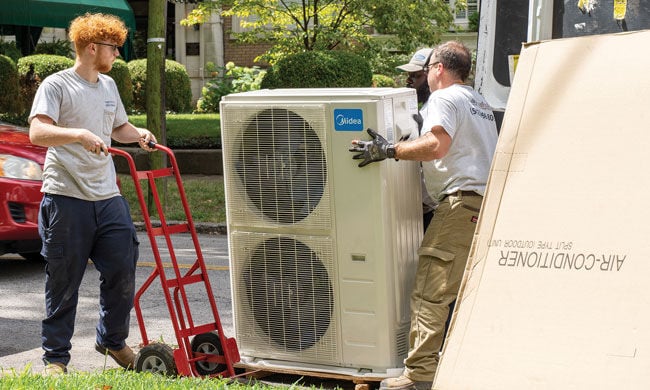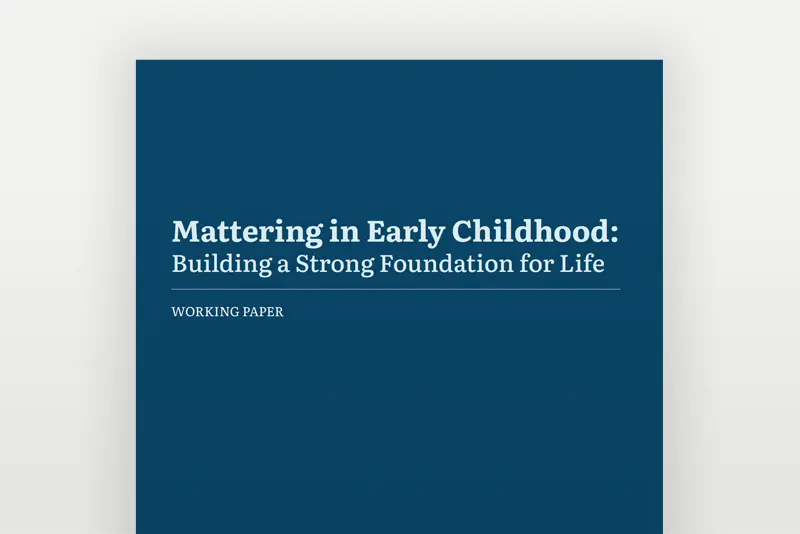Carbon capture utilization and storage promotes poverty alleviation and sustainable development in China – Nature

Report on Carbon Capture, Utilization, and Storage (CCUS) for Poverty Alleviation and Sustainable Development in China
Introduction
The integration of Carbon Capture, Utilization, and Storage (CCUS) with poverty alleviation strategies presents an innovative paradigm aligned with the United Nations Sustainable Development Goals (SDGs). This approach addresses regional poverty exacerbated by challenging geographical conditions by transforming these challenges into opportunities for carbon storage development. This promotes energy equity, economic rebalancing, and environmental sustainability, directly contributing to SDG 1 (No Poverty), SDG 7 (Affordable and Clean Energy), and SDG 13 (Climate Action).
CCUS and Sustainable Development Goals (SDGs)
- SDG 1 – No Poverty: CCUS projects in impoverished regions create employment opportunities, distribute subsidies, and help lift populations out of poverty.
- SDG 7 – Affordable and Clean Energy: Facilitates the transition to clean and sustainable energy sources through carbon emission reduction technologies.
- SDG 13 – Climate Action: Directly contributes to climate mitigation by capturing and storing CO2, reducing greenhouse gas emissions.
CCUS Evaluation Index and Energy Equality
A comprehensive CCUS evaluation index was developed based on SDGs and technical requirements, including:
- Economic Index: Measures regional economic development using per capita GDP.
- High Emission Cluster: Identifies regions with significant CO2 emissions for targeted CCUS deployment.
- Energy Activities Intensity: Assesses demand for CCUS technologies based on energy consumption patterns.
- Ecological Index: Evaluates potential environmental risks associated with CCUS activities.
- Suitability Index for CCUS: Considers geological formations and transportation infrastructure suitability.
This index reveals that poverty-stricken counties often have higher CCUS potential than developed megacities due to favorable geological conditions, enabling energy equity and economic rebalancing.
Techno-Economic Analysis and Co-Benefits in Poverty Counties
Techno-economic assessments demonstrate that construction costs in impoverished regions can be over 20% lower than in affluent areas due to cheaper labor and reduced transportation and storage costs. Key findings include:
- First-year electricity costs for coal-fired power plants with CCUS can decrease by more than 30% in poverty counties.
- Investment payback periods are shortened to approximately ten years, facilitated by tax subsidies, carbon pricing, and income from by-products.
- CCUS projects trigger a 7.70% increase in local GDP per capita and a 4.85% reduction in local CO2 emissions.
These benefits align with SDG 8 (Decent Work and Economic Growth) and SDG 9 (Industry, Innovation, and Infrastructure), promoting sustainable economic development.
Robustness and Superiority of CCUS in Poverty Counties
Analysis indicates that poverty counties with high CCUS index scores have competitive advantages in reducing transportation and storage costs, enhancing the economic feasibility of CCUS projects. Comparative studies show:
- Infrastructure costs for CCUS plants in poverty counties are more than 20% lower than in top GDP and high carbon emission cities.
- Transportation pipeline lengths required for CCUS are significantly shorter in poverty counties, reducing capital expenditures.
This supports SDG 10 (Reduced Inequalities) by promoting energy equity and balanced regional development.
CCUS Demand and Poverty Alleviation in China
Despite rapid energy transition, China continues to rely on coal-fired power plants, with new capacity additions and slow retirements leading to sustained carbon emissions. CCUS is critical for:
- Mitigating approximately 8% of China’s cumulative CO2 emissions by 2060.
- Supporting emission reductions in coal power, steel, cement, and chemical industries.
- Enabling source-sink matching between high carbon-emitting cities and poverty counties through optimized pipeline networks.
Effective government coordination and policy support are essential to realize these benefits, directly impacting SDG 11 (Sustainable Cities and Communities) and SDG 13 (Climate Action).
Discussion and Conclusions
This study highlights that integrating CCUS with poverty alleviation strategies can simultaneously promote sustainable development and climate action. Key conclusions include:
- Poverty-stricken areas possess greater CCUS deployment potential, turning geographical disadvantages into advantages.
- Low labor costs in these regions accelerate investment returns and enhance project profitability.
- CCUS implementation fosters energy equity, economic growth, and environmental sustainability, avoiding traditional poverty and resource traps.
- China’s experience provides a valuable model for other developing countries to address poverty and climate challenges concurrently.
Further policy development and stakeholder engagement are necessary to maximize the socio-economic and environmental benefits of CCUS, ensuring alignment with multiple SDGs.
Methods Overview
The study employed a multi-parameter CCUS evaluation index incorporating economic, environmental, and technical factors. Key methodological components include:
- Economic Index: Based on per capita GDP data from Chinese county-level statistics.
- High Emission Cluster Identification: Using kernel density analysis of industrial and mining locations.
- Energy Activity Intensity: Assessed via satellite nighttime light data (NPP-VIIRS).
- Ecological Index: Derived from normalized difference vegetation index (NDVI) data.
- Suitability Index: Geological suitability assessed by porosity, permeability, and formation thickness.
Techno-economic models evaluated costs and benefits of CCUS retrofitting in coal-fired power plants, including capture, compression, transportation, and storage. A difference-in-differences econometric model assessed the socio-economic impacts of CCUS projects. The Global Change Assessment Model (GCAM) simulated future carbon emission scenarios aligned with China’s commitments.
Summary
The integration of CCUS technology with targeted poverty alleviation strategies in China offers a promising pathway to achieve multiple Sustainable Development Goals. This approach promotes energy equity, economic development, and climate action, providing a replicable model for sustainable development in other developing countries.
1. Sustainable Development Goals (SDGs) Addressed in the Article
- SDG 1: No Poverty – The article discusses how integrating carbon capture, utilization, and storage (CCUS) with poverty alleviation strategies can create employment opportunities, distribute subsidies, and lift people out of poverty, particularly in impoverished counties in China.
- SDG 7: Affordable and Clean Energy – CCUS facilitates the transition to clean and sustainable energy sources, promoting energy equity especially in poverty-stricken regions.
- SDG 11: Sustainable Cities and Communities – The article mentions the importance of infrastructure and policy support for CCUS deployment, which relates to sustainable urban and community development.
- SDG 13: Climate Action – CCUS directly contributes to climate action by reducing carbon dioxide emissions through sequestration and supporting China’s carbon neutrality goals.
2. Specific Targets Under the Identified SDGs
- SDG 1: No Poverty
- Target 1.2: Reduce at least by half the proportion of men, women and children living in poverty in all its dimensions according to national definitions.
- Target 1.4: Ensure that all men and women have equal rights to economic resources, as well as access to basic services and employment opportunities.
- SDG 7: Affordable and Clean Energy
- Target 7.2: Increase substantially the share of renewable energy in the global energy mix.
- Target 7.3: Double the global rate of improvement in energy efficiency.
- SDG 11: Sustainable Cities and Communities
- Target 11.6: Reduce the adverse per capita environmental impact of cities, including by paying special attention to air quality and municipal and other waste management.
- SDG 13: Climate Action
- Target 13.2: Integrate climate change measures into national policies, strategies and planning.
- Target 13.3: Improve education, awareness-raising and human and institutional capacity on climate change mitigation.
3. Indicators Mentioned or Implied to Measure Progress
- Economic Indicators:
- Growth in local gross domestic product (GDP) per capita (e.g., a 7.70% increase in poverty counties with CCUS projects).
- Cost-effectiveness measures such as construction costs comparison (over 20% lower in impoverished regions).
- Net present value (NPV) of CCUS projects indicating profitability and investment payback period (around 10 years).
- Environmental Indicators:
- Reduction in local carbon dioxide (CO2) emissions (e.g., a 4.85% decrease in counties with CCUS projects).
- Carbon storage demand and CO2 emission reduction contributions by CCUS (e.g., 8% cumulative CO2 emission reduction by 2060 in China).
- Levelized cost of electricity (LCOE) changes in coal-fired power plants after CCUS retrofit.
- Energy and Infrastructure Indicators:
- CCUS evaluation index based on geological suitability, economic development, energy activity intensity, ecological conditions, and carbon emissions.
- Pipeline construction length and costs for CO2 transportation.
- Energy activity intensity measured by satellite nighttime light data (NPP-VIIRS).
- Policy and Social Indicators:
- Implementation status of CCUS-related policies in China.
- Employment opportunities and subsidies distribution in poverty-stricken counties.
4. Table of SDGs, Targets, and Indicators
| SDGs | Targets | Indicators |
|---|---|---|
| SDG 1: No Poverty |
|
|
| SDG 7: Affordable and Clean Energy |
|
|
| SDG 11: Sustainable Cities and Communities |
|
|
| SDG 13: Climate Action |
|
|
Source: nature.com

What is Your Reaction?
 Like
0
Like
0
 Dislike
0
Dislike
0
 Love
0
Love
0
 Funny
0
Funny
0
 Angry
0
Angry
0
 Sad
0
Sad
0
 Wow
0
Wow
0













































































